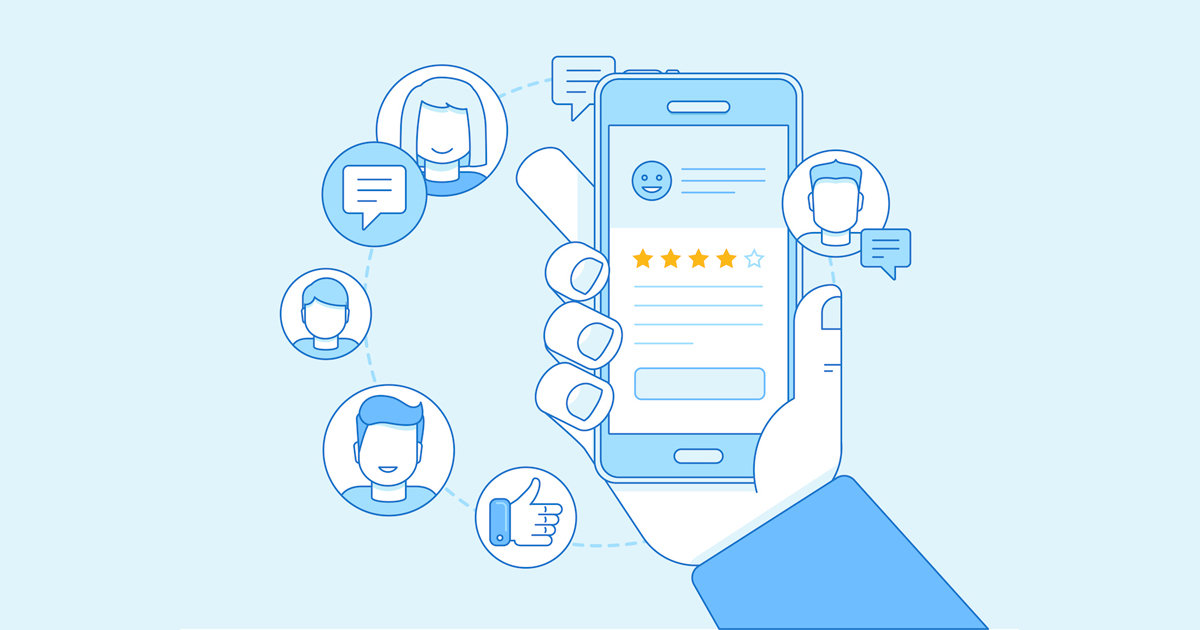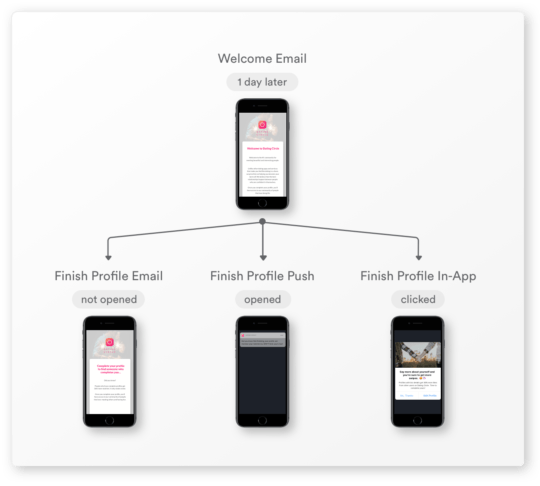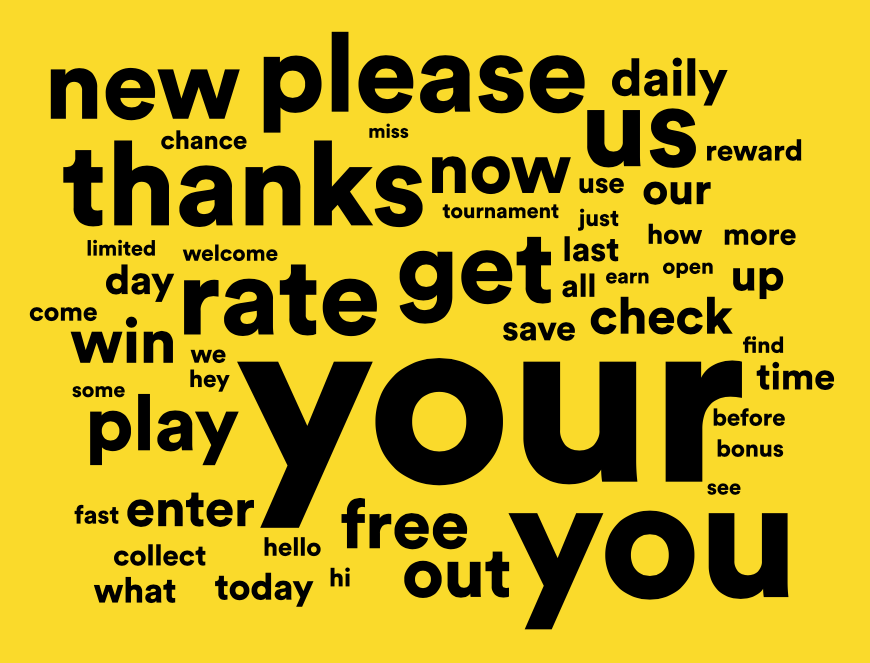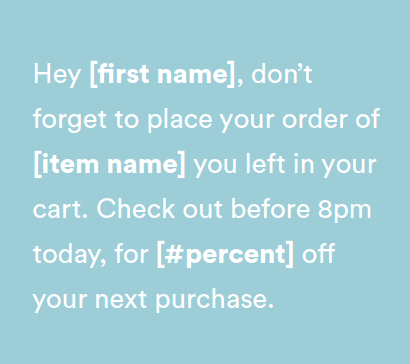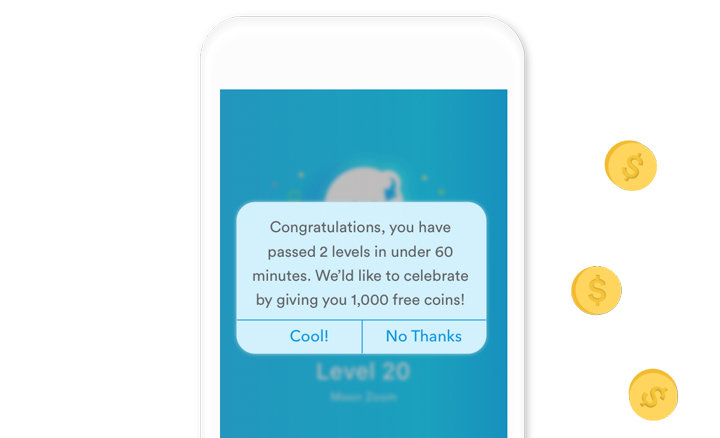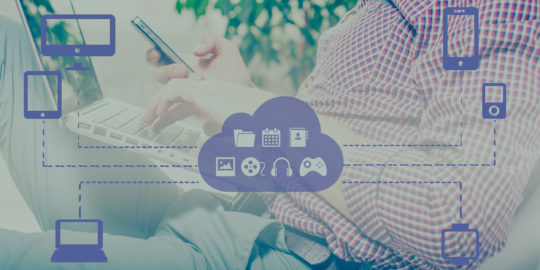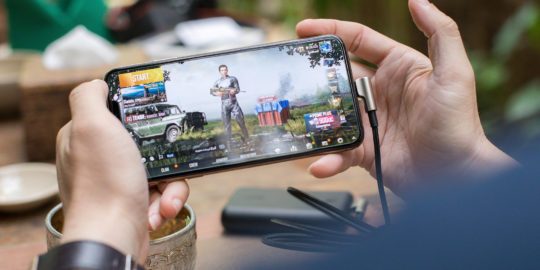App loyalty: It’s one of the key factors that separates successful app businesses from unsuccessful ones.
App teams know that user acquisition is crucial to success, but it’s only a small piece of the puzzle. The next step — and often the harder step — is to keep those users engaged.
Loyal customers will keep returning to your app long after their first install; they’ll read your content and make purchases. Customers who aren’t loyal, however, might drop off at any time. There’s no guarantee that someone who installs your app will use it long enough to convert, or that someone who converts once will do so again.
Customer lifetime value is essential to every business. Loyal, repeat customers add value in a way that raw user acquisition simply can’t compete with. Let’s examine a few ways in which mobile teams can drive more app loyalty.
Source: Shutterstock
1. Plan Campaigns Across the Whole User Lifecycle
Often, marketing campaigns have only a short-term goal. You might try to drive purchases of a particular product, encourage new users to opt in to push notifications, or attract loyal users to a new app feature. These are all worthwhile goals, but their scope is narrow — they only speak to one small part of your business.
Lifecycle campaigns are large-scale marketing campaigns that tie several smaller messages together. A lifecycle campaign might include an in-app tutorial message for new users, a profile completion request, and an email that promotes a particular product — personalized to that person’s tastes — to propel them towards their first conversion.
These messages are all delivered to the same segment of users over the course of their time with the app. Once a person triggers a particular event (e.g. launching the app five times), they’re automatically moved to the next “stage” in the lifecycle and sent a different message in the series.
These long-term marketing campaigns are essential for driving loyalty and retaining users. Instead of focusing on one-off conversions, zoom out and look at the big picture to ensure your customers are engaging deeply with your app.
2. Optimize Every Component of Your Messages
As a whole, push notifications are effective; they encourage both purchases and user retention. However, these messages become even more effective when they’re expertly crafted and personalized.
It’s worth investing time and effort into building push notifications that users really care about. These are the ones that will receive the most engagement. If your push messages aren’t valuable, people will simply opt out — or perhaps they won’t opt in to begin with.
To accomplish this, make sure you optimize the:
- Timing
- Audience segment
- Delivery channel
- And copy
Optimizing copy can have a surprisingly large impact on engagement. Two easy ways to get started are by using Power Words and emojis in your messages. These small tweaks can increase push engagement, user retention, and more. We’ve seen apps lift their retention by 28 percent just by using emojis in their push notifications.
3. Deliver Personalized Promotions
Optimizing your messages is essential, but it isn’t always enough. For best results, go one step further and ensure that the content of each message is personalized to its intended audience.
Personalization can refer to anything from the timing of the message to the channel through which it’s delivered. Mobile messages can be personalized in several different ways:
- User attributes (e.g. the person’s name)
- User behavior (e.g. the person’s most browsed product category)
- Location (e.g. country, city, or even specific neighborhoods)
We can subdivide these categories even further for limitless possibilities. For example, “user behavior” can include factors like the frequency, time of day, and duration of the person’s app usage sessions. This data helps inform the messages you deliver. Someone who doesn’t use your app frequently might need a tutorial or a prompt to check out features they haven’t explored yet; another person who frequents the app but hasn’t made a purchase might just need a limited-time discount.
However you choose to do it, personalized promotions are essential for keeping users engaged in the long run.
4. Reward App Loyalty Whenever You Can
Customers who exhibit loyal behavior won’t necessarily stay that way forever. It’s more than just a nice gesture to reward customers for their loyalty; it’s an important step in making sure you don’t lose your repeat customers.
Some businesses implement a rewards system that offers discounts and other bonuses to frequent shoppers. Like a stamp card at a local cafe, shoppers can earn VIP rewards after hitting certain milestones.
For apps that don’t operate like a traditional retailer, there are still ways to reward users for their loyalty. A game could offer players in-game currency for logging in every day or clearing a particular level. A freemium music streaming app could offer regular listeners a free demo of the premium features. These bonuses reward free users for sticking with your app, and they could lead to conversions down the line.
There are many approaches to app loyalty, but none of them make the others obsolete. The most effective approach is to combine multiple marketing techniques: Send personalized messages that engage your audience, reward loyal users wherever possible, and always look at the big picture when planning marketing campaigns, with user loyalty as the main goal.
For more specific tips to help you succeed, see our articles on how to create the perfect mobile message.
—
Leanplum is the mobile marketing platform built for engagement. We help brands like Tinder, Grab, Tesco, and Zynga orchestrate multi-channel campaigns — from messaging to the in-app experience — all from a single, integrated platform. Schedule your personalized demo here.


